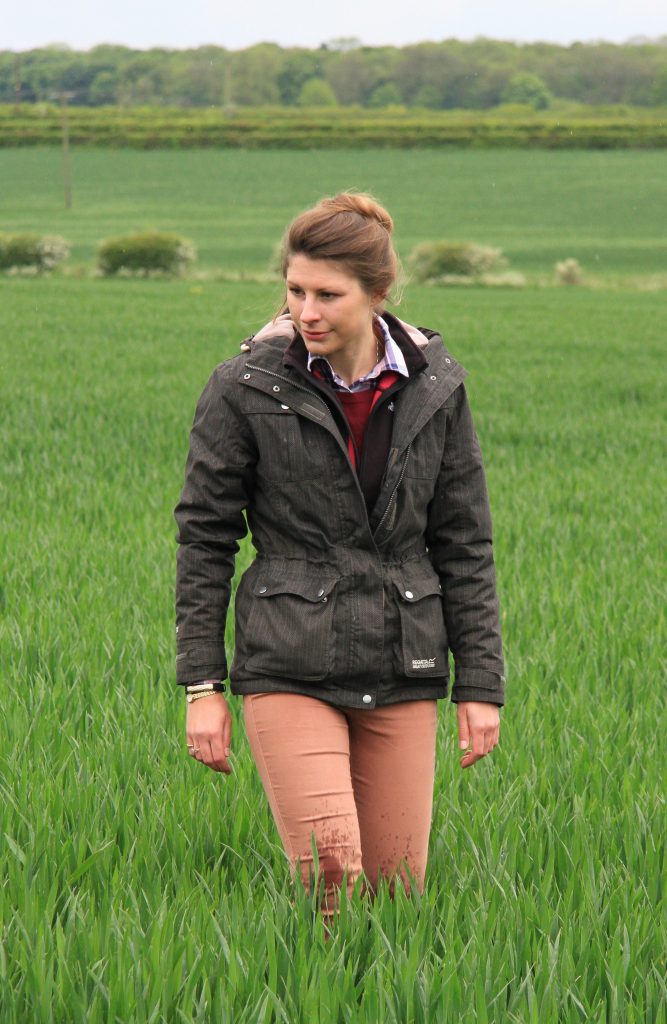Benefits of variable drilling more evident than ever this spring
3rd May 2018
The benefits of variable drilling for establishing an even crop are more evident than ever this spring claims Sally Morris, agronomist with agronomy firm Farmacy. The tough winter and challenging
The benefits of variable drilling for establishing an even crop are more evident than ever this spring claims Sally Morris, agronomist with agronomy firm Farmacy.
The tough winter and challenging spring conditions have meant that generally crops have struggled to get going and have not tillered as well as usual, and it has also highlighted the huge variations in good and poor performing areas across fields, she says.
“Across some fields the variation is really marked; in poorer areas plants are still tillering whereas in better soils they have raced away and are at GS32 and ready for the T1 – particularly within fields that were drilled with a standard seed rate across the whole field.”
“However, fields that were variably drilled through our Omnia precision system have developed much more evenly, and this is because the poorer patches of the field have compensated through higher seed rates, whereas in areas with better soils the seed rates have been reduced, so that the crop is not too lush or thick.”

Sally Morris.
An additional headache is that where establishment has been gappy, grass weeds are starting to break through as the crop is not thick enough to out-compete the weeds, she says.
“A gappy or lush crop brings its own set of crop management problems – but these are exacerbated when they are mixed across a single field – as making appropriate agronomy recommendations becomes very difficult and inevitably some areas of the crop are compromised.”
“Having an even crop makes decision making going forward so much simpler, as the correct recommendations are being made for the whole crop, meaning that inputs are being applied at the right timing and rate.”
In order to be able to really compare the impact of variable and standard drilling on crop establishment and performance, Sally set up a series of split field trials in Leicestershire and Northants, where she is based.
By carrying out the trial on the same field it reduces the effects of factors such as rotation, soil type, weed pressure etc, meaning that any differences are more relevant to the seed rate. Comparing the plant counts between the two sections has really illustrated the differences, she says.
“In one particular trial, plant counts on the variably drilled section are around 200 plants/m2, but plant counts in the standard drilled section vary anything from 100 plants/m2 to 220 plants/m2.”
“Looking ahead, it would be more compelling if as many treatments as possible, including seed, fertiliser and crop protection products were varied on one half while the remaining half of the field remained constant, and is something I will look to trial.”
Sally created the variable drilling plans using Hutchinsons precision agronomy system, Omnia.
“Using the unique mapping facility in Omnia, I was able to create maps on soil type, seed bed quality, black-grass pressure and slug pressure where relevant. These maps were then overlaid; the variety and drilling information selected and the system generated a variable seed rate for that field or half-field, as in the case for the trial.”
“This ability to overlay maps of data means that the recommendations created through Omnia are much more closely aligned to the agronomic requirements of the field, so I know that the variable rates are as closely aligned to the requirements of that field as possible.”
